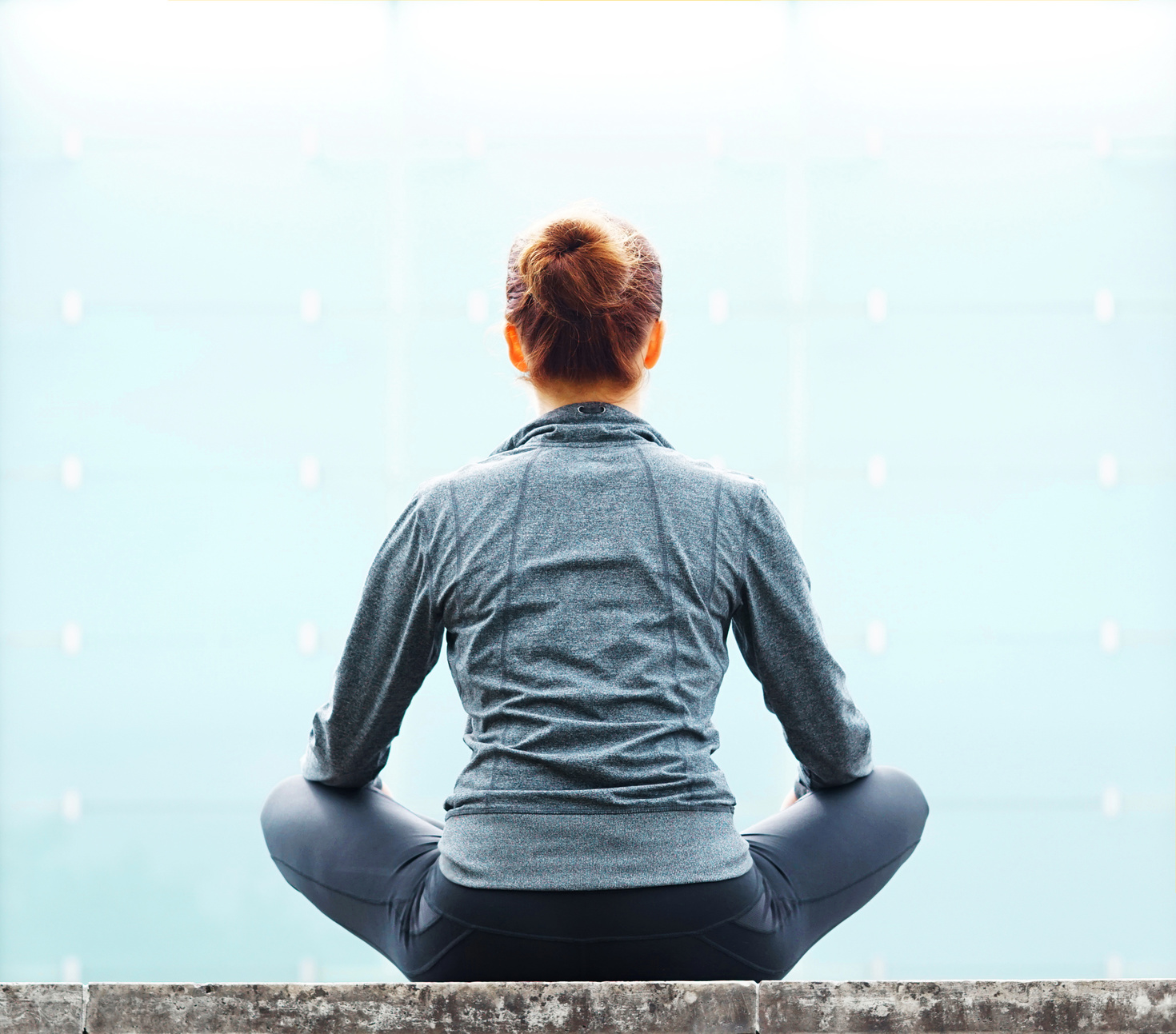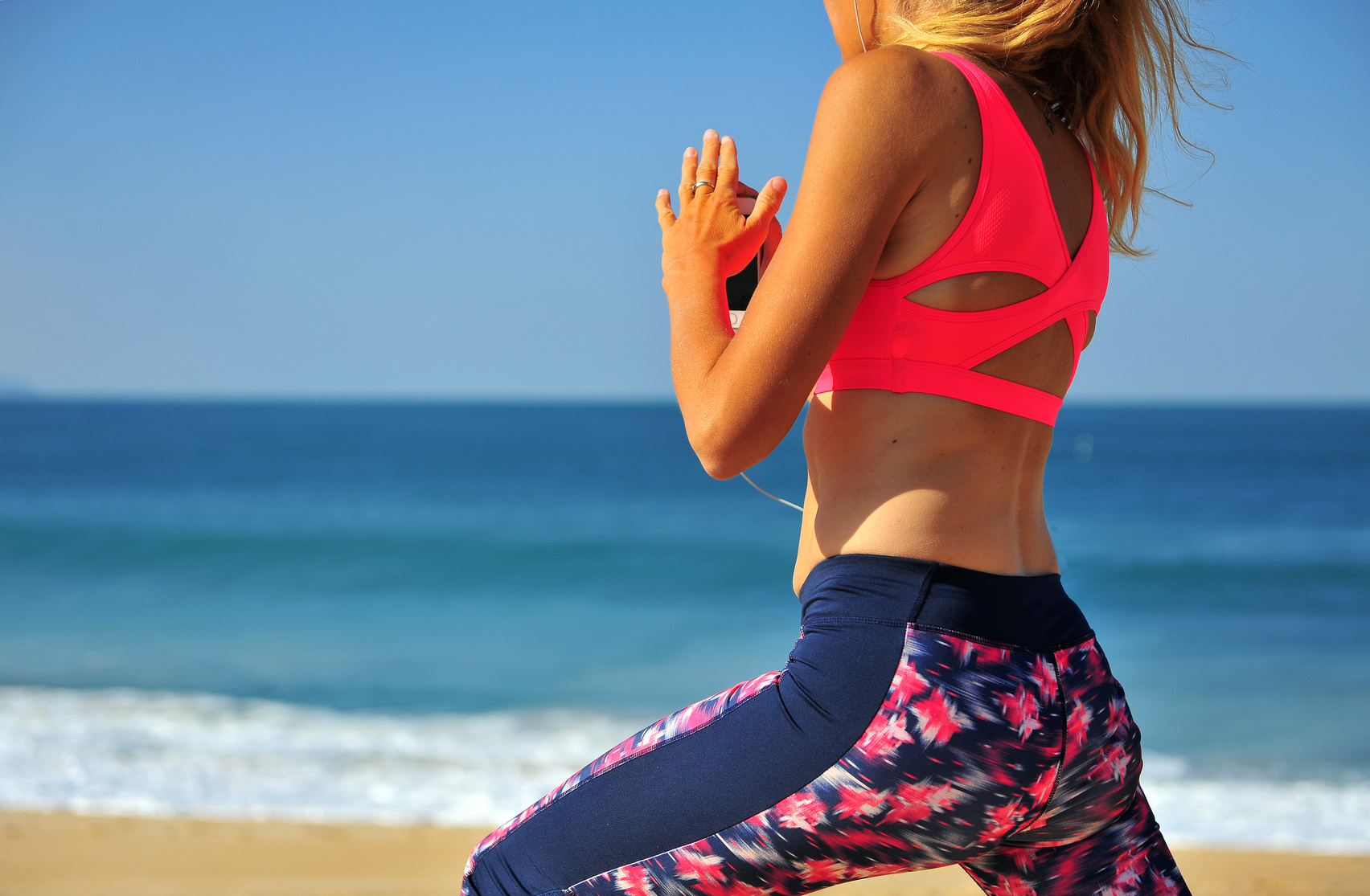Post-workout soreness after running or any other exercise, often referred to as delayed onset muscle soreness, better known as DOMS, is common among runners—whether you are a beginner just starting out, or an intermediate runner after dramatically increasing the duration or intensity of your runs.
Good or Bad?
Don’ get me wrong.
Post-workout muscle soreness is a good sign.
It says that you are pushing yourself beyond your comfort zone, and that’s where real change happens.
And the good news is that the more you run, the less your muscles will be sore in the weeks and months to come.
In other words, if you feel sore after a run, then good job buddy!
But this soreness can also be a bad thing, especially if it’s interfering with your everyday activities.
Post-run soreness can also be an unpleasant experience—even painful at times, and may interfere with your daily activity and how ready you can be—physically and mentally—for your next workout.
Therefore, today I’m sharing with you one of my favorite cross-training activities you can do to speed up recovery: yoga.
The Power Of Yoga
Yoga can help you alleviate a lot of post-workout pains and it’s more efficient than, say, the traditional stretching technique you learned in high school.
Truth be told, a regular yoga practice can help you rehab tired muscles, prevent injuries and get your body ready for your next run.
Therefore, here are some of my favorite yoga poses that will work to alleviate post-run pains and aches while increasing your flexibility and mobility in key running muscles such the glutes, hamstrings, quads, and calves.
I recommend that you use this routine as means for speeding up recovery after a hard run—mainly a long run or an interval session.
Hold each for 30 to 45 seconds, and breathe deeply to release any tension or tightness you might experience.
Keep in mind that this simple 20-minute sequence is an easy and gentle sequence.
So no need to push yourself here.
Just do it gently and slowly and remember to breathe deeply.
So don’t try to win the world’s most flexible human contest in one session.
Here’s the full guide to yoga for runners.
1. Standing Forward Bend
Benefits
This is a must pose for calming the mind while also stretching and relieving the muscles of the spine and the hamstrings.
Proper Form
Begin by standing with your feet together, toes parallel, core engaged, with hands on your hips.
This is your starting position, or what’s known as the Mountain Pose, Tadasana.
Next, while allowing for a slight bend in the knees, fold over at your hips, and roll your spine down as you reach towards the floor, lengthening the front of your torso in the process.
Make sure to let your neck relax once you reach the bottom part of the pose, once you reach your max flexibility point.
Then, let the crown of your head hang loose and place your fingertips on your knees, shins or the floor beside your feet if your flexibility allows it.
Make sure to fold forward with a straight back, releasing slowly and gradually into the full pose.
Then, straighten your legs as much as possible while shifting your weight forward into your toes.
Hold the pose for one to two minutes, being mindful of your spine and legs the entire time.
2. Wide Legged Forward Bend Twist
Benefits
Also known as Prasarita Padottanasana , this asana stretches and strengthens the inner back legs and spine while penning the hips and improving the trunks rotation ability.
Proper Form
From mountain pose, widen your feet and place them three to four feet apart, with toes slightly turned slightly out, then hinge your torso forward at the hips.
Next, roll your spine downward and place your hands on your ground or on a yoga block, letting your neck and head relax.
Then, while breathing deep and being mindful of your spine, lift your right arm and reach it toward the ceiling, feeling your spine twist and open.
Hold the pose for 30 to 45 seconds, then slowly bring your hand down and switch sides.
3. Lunge with Side Stretch
Benefits
An awesome pose for releasing and opening the adductors, the abductors, and the glutes.
Proper Form
Assume Tadasana pose, then widen your stance with toes pointing 45 degrees outward.
Next, lunge to the right side, bending your right knee to a 90-degree angle and straightening the left leg to point upward with heel on the floor.
You can place your hands on the right thigh, or on the floor, depending on how flexible you are.
Hold the stretch for 30 45 seconds, then change sides.
Please, keep your back straight and core engaged during the stretch.
4. Star Pose
Benefits
This pose can help you open up and release tension in the hips, lower back, shoulders, and neck.
Proper Form
https://www.youtube.com/watch?v=GlB8OfrTkWM
Sit down on the floor with the sole of the feet together, knees bent in a kite shape, creating a diamond shape with your legs.
Next, lengthen your spine, grasp your shins or feet, then slowly let your back round and roll your body forward drawing your forehead towards your heels, then breathe deep and look within.
Relax into this pose for at least one to two minutes.
5. Legs Up the Wall
Benefits
This is in my experience one of the best relaxing and restorative inversions in the yoga world.
This post speeds up recovery by draining tension from the legs while stretching the lower back, legs, and hamstrings.
Proper Form
Sit on the floor with a wall next to right side.
For more support, you can use a long firm pillow by bolstering against the wall.
Then, raise your legs up into the air then rest them on the wall.
Make sure your lower is resting against the support pillow, if you are using one.
Next, relax your body and put your hands on your belly, rest head and shoulders on the ground, and start taking deep breaths to release any tension or stress in your body, starting from your toes and down through your ankles, knees, thighs, glutes, lower back and the rest of your body.
Stay in this pose as long as you can—nothing short from 5 minutes.
6. Lying-down Body Twist
Benefits
Also known as Natrajasana, this asana can help you release tension in the lower body—especially the lower back and glutes.
Proper Form
Start by lying down on your back with both feet on the floor at hip width and knees bent, then extend your arms out at your sides.
Next, bend your knees, and bring them toward your chest as close as possible, then slowly lower your bent knees to the left side while turning your head and looking over to your right side.
Next, reach your arms out to the left side then lower both legs to the left side while keeping your right shoulder in contact with the floor.
Hold the pose for 30 to 45 seconds and feel the stretch in your back, stomach, neck, shoulders, groin and thighs, then slowly return to the center and switch sides.
New to Running? Start Here…
If you’re serious about running, getting fit, and staying injury free, then make sure to download my Runners Blueprint Guide!
Inside this guide, you’ll learn how to start running and lose weight the easy and painless way. This is, in fact, your ultimate manifesto to becoming a faster and a stronger runner. And you want that, don’t you?
Click HERE to check out my Runners Blueprint System today!
Don’t miss out! My awesome running plan is just one click away.


